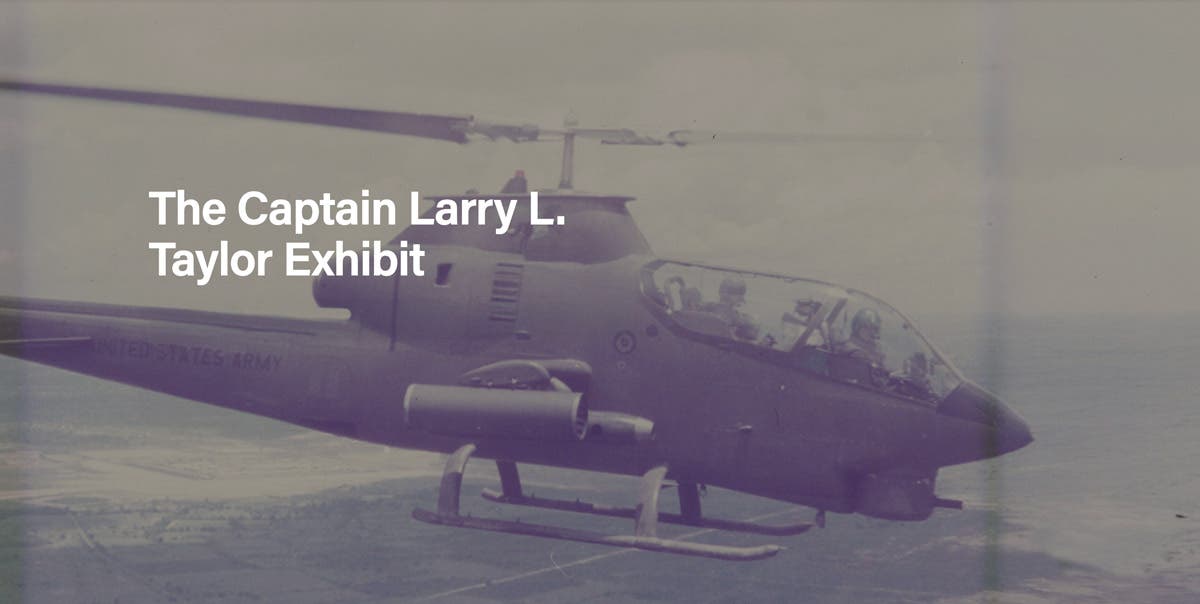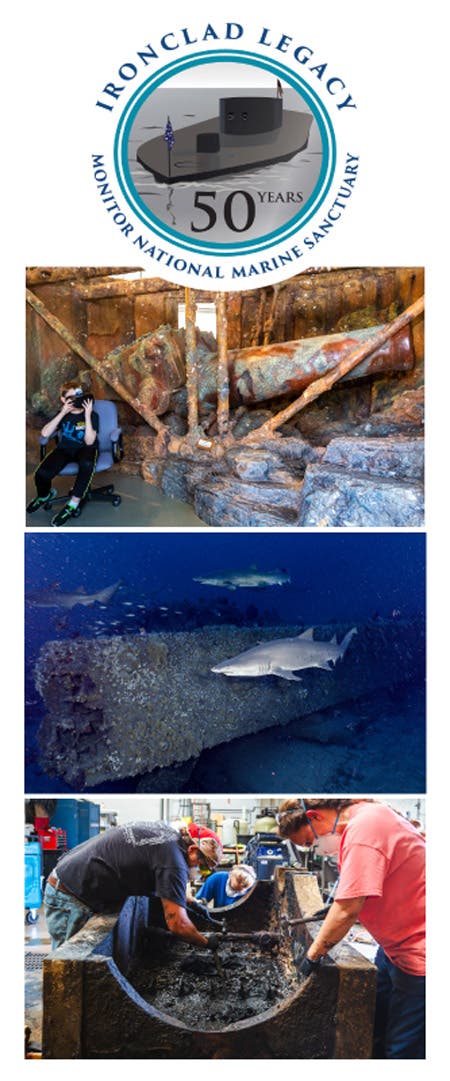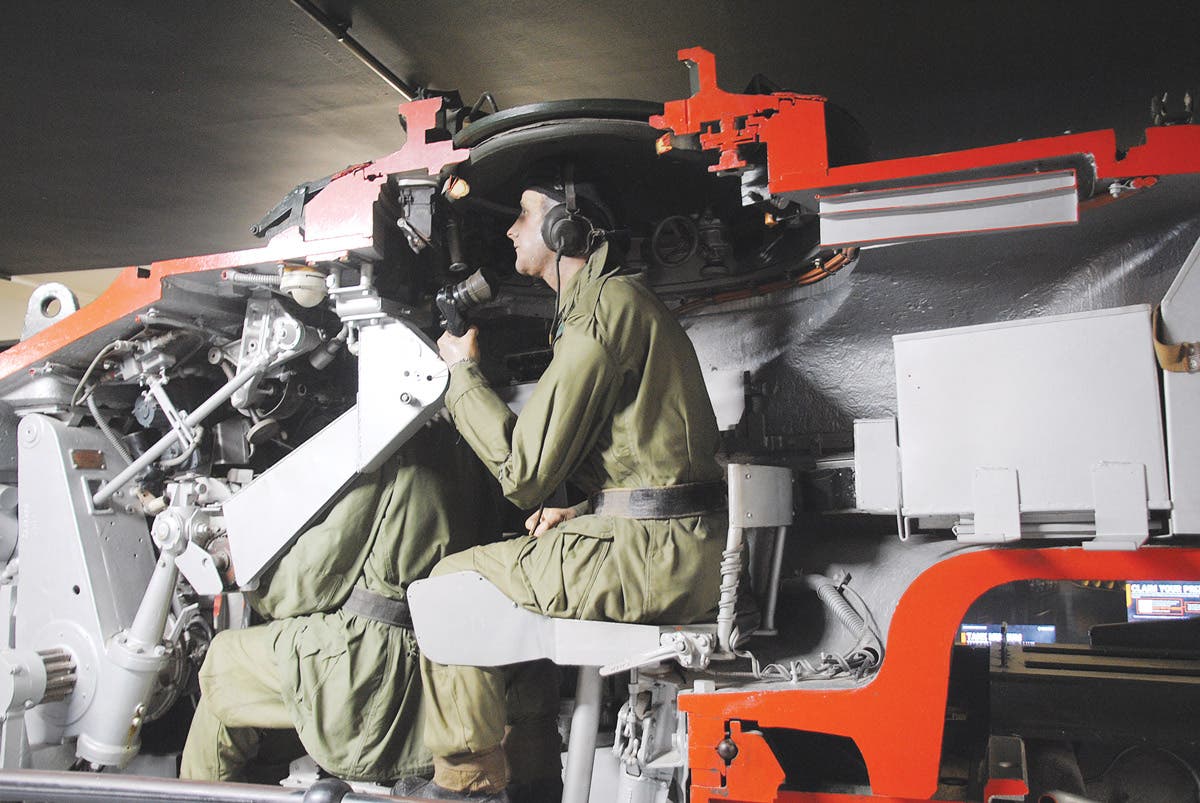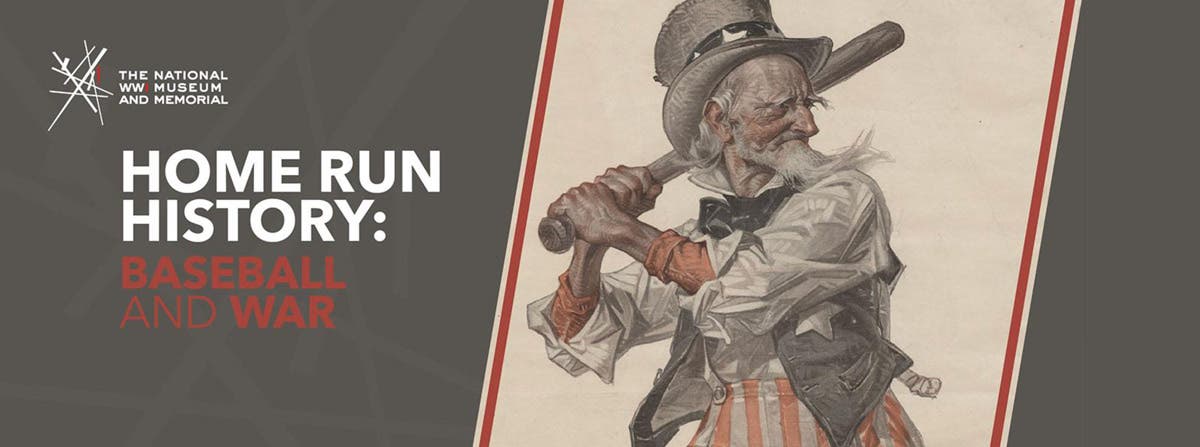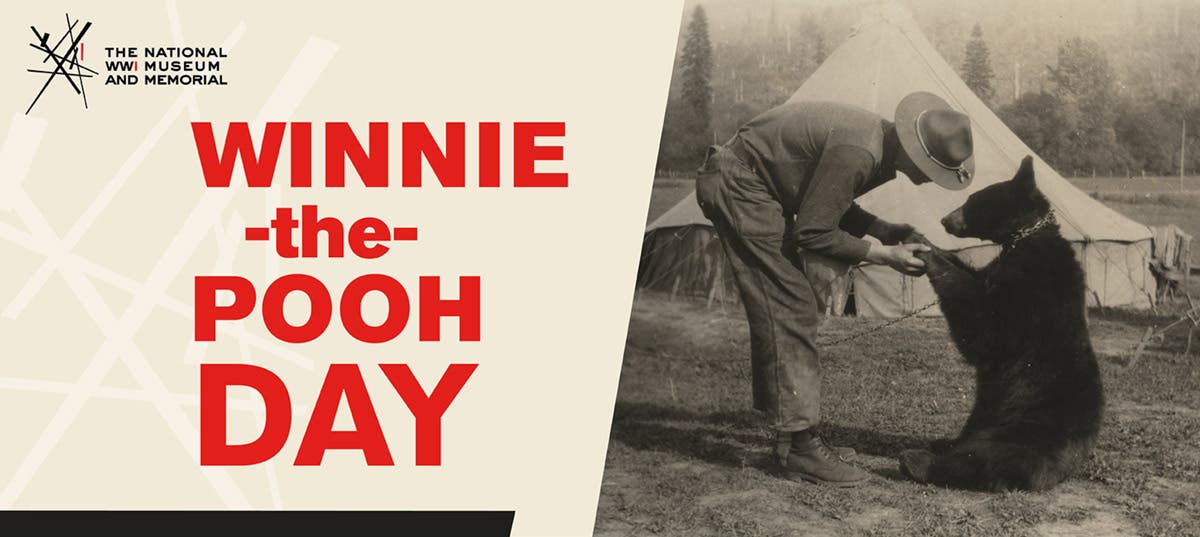A look into the Muckleburgh Military Collection
At the Muckleburgh Military Collection fabulous British arsenal is anything but static!
The village of Weybourne lies on the North Norfolk coast. It looks out across the southern end of a feature known as The Wash, a large tidal bay, roughly rectangular in shape covering an area of over 153,000 acres, into which several rivers flow, including the Great Ouse. Because of its location on the east coast of England, The Wash has long been an important sea route between Britain and Europe, with ships using facilities at King’s Lynn Docks or the Port of Wisbech. During both world wars, Weybourne found itself thrust into the front line when coastal defenses, including anti-aircraft guns, were sited to protect the sea lane and the army established Weybourne Camp.
During World War I, troops were based in the camp with pillboxes built and trenches dug for defense in the event of an invasion. Fortunately, there was no invasion, but the connection with the military continued through the inter-war years with Weybourne Camp being used as a training establishment from 1936, where anti-aircraft gunners practiced live firing 40mm Bofors guns and 3.7-inch guns. The British Army continued to use the site for this purpose until 1959 when the camp was closed. It is estimated that between 1936 and 1958 the army fired some 1.5 million shells from guns of all calibers.
The legacy from those days can still be seen dotted in fields around the surrounding area in the shape of pillboxes and gun pits. An area of the former camp, which covered and area of some 300 acres, was acquired by the late Squadron Leader Sir Berry Savory, a wartime fighter pilot, who planned to convert his part of the former army camp into a site where he could showcase the family’s growing collection of military vehicles and other related items. In 1986, work began to convert the site. This required the demolition of around 200 obsolete former military buildings and the removal of some 45,000 tons of rubble. Not all of the original buildings were demolished, such as the one which had served as the NAAFI canteen. It was put to use as part of the first exhibition space. Others are today used as garage space for vehicles and as maintenance workshops.
In 1988, after two years of hard work, the project was completed and what today is known as the Muckleburgh Military Collection, the MMC, was opened to the public by Sir Berry Savory and his son Michael. In those days the central core of the collection was made up of 25 vehicles along with other exhibits. After the death of his father, ownership of the MMC passed to Sir Michael Savory and the site has continued to be developed under his guidance, including new purpose-built constructions to house the vehicles where visitors can wander around.
More gallery space has been added, which means that many more items can be exhibited, such as the fine collection of uniforms of the Suffolk and Norfolk Yeomanry Regiments. The histories of other regiments which have either been disbanded or amalgamated are preserved in well-lit display cabinets. The grounds outside where the wartime gun pits lie sited within the boundaries of the MMC have anti-aircraft guns mounted, including a 40mm Bofors and a 3.7-inch gun looking out over The Wash as they would have done during WWII.
The number of vehicles has also grown, and today, 35 years on, there are more than 150 vehicles from around the world in the collection, along with various pieces of artillery and missiles on display.
The MMC is recognized internationally for its importance and uniqueness of its collection, and attracts vehicle enthusiasts from around the world, who come to see vehicles from several conflicts, spanning WW II to the Falklands and Operation Desert Storm. There is a wealth of other displays, including ammunition from small arms to larger-caliber weapons, and these are no less impressive than the larger exhibits and just as important. The display rooms are laid out in chronological order, beginning with a brief history of the site being used as a military base going back many hundreds of years, including a model of how the camp looked during WWII. Visitors begin their tour moving past display cabinets containing small arms and other artifacts that make it the largest private collection of its type in the world.
There are several factors that set the MMC apart from other collections — the main one being that many of the vehicles are fully functioning and capable of being driven under their own power. These are used to provide mobility displays at special event weekends, which often include re-enactment groups. Care has been given to how the vehicles are laid out for the best interest of visitors. For example, next to the more familiar Scorpion CVR(T) there is the less familiar Swiss-built Panzer 61/68 along with Armoured Vehicle Launch Bridge (AVLB) layers. There is also an M47 “Patton” along with a Soviet-built T34/85, both types of which served through the “Cold War”.
There are some rarities in the un-armoured display, such as a British Leyland “Hippo” heavy truck. About 1,000 of these were built, and used to tow artillery during the war. The wheeled armoured display features an unusual Belgian-built Landsverk Unimog Scout Car, based on the S404 truck, a small number of this design were used by the Army of the Republic of Ireland from 1971 until they were withdrawn from service in 1984.
There are vehicles from around the world covering almost 80 years of military service from WW II to the “Cold War”. Many of the vehicles are presented with their doors open to show the interior and the operating conditions for the crews.
The time scale also applies to the artillery display with a 17-pounder anti-tank gun and 25-pounder field gun from WW II, through to an Argentine CITEFA M77 155mm field gun as used during the Falklands War of 1982. From Italy there is a M56 105mm and a German “88” PAK believed to have been used by Spain at one time.
For many military enthusiasts, the undoubted “star” exhibit in this section is the Canadian-built Chevrolet C8 truck mounting a 2-pounder anti-tank gun in Portee. Dating from 1941, this combination is in pristine condition and shows perfectly how this method of transportation was used to move guns across the harsh terrain of the North African desert.
Anti-tank and anti-aircraft missiles feature in the collection, ranging from the Soviet AT-3 “Sagger”, to the heavyweight British “Thunderbird” and “Bloodhound” missiles. Outside, by the entrance, visitors are greeted by a replica Fiesler Fi 103 (V-1 Doodlebug) mounted on part of the original launch ramp taken from Peenemunde test site. The well-proven Rapier anti-aircraft missile is included in the line-up, including an example of the M74B tracked version to show the evolution of missiles across the decades.
There are small arms from around the world, ranging from pistols to machine guns and rifles to sub-machine guns. For those interested in ammunition, the MMC has more than sufficient to satisfy any enthusiast from small arms to heavy-caliber shells in the 152mm and slightly lighter 122mm, some of which have been sectionalized to show the internal structure.
A normal visit to the MMC would take between two to three hours, but vehicle and weapon enthusiasts and ammunition collectors would be looking at a whole day.
The MMC organizes special events with tank displays and there is also the chance to drive a tank, which is a great gift idea. Details of all these facilities, including opening times, can be found on at www.muckleburgh.co.uk.



